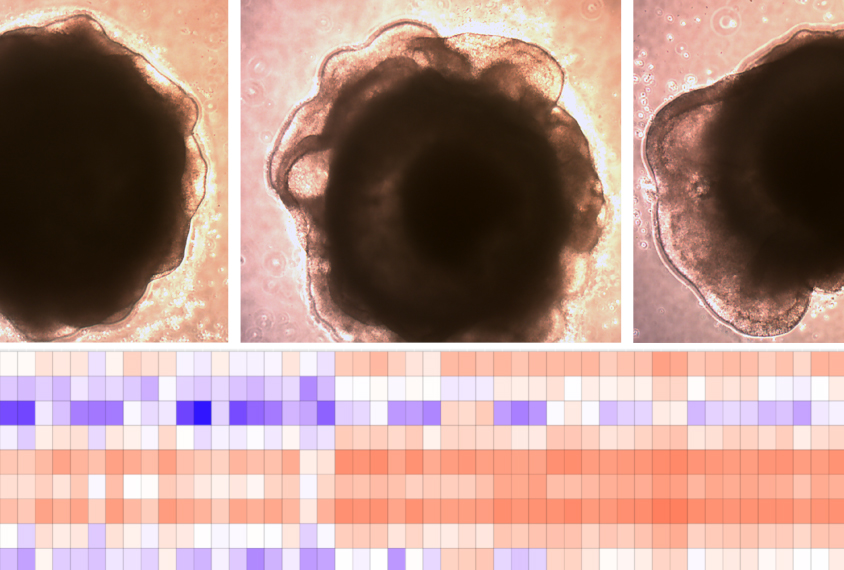Andrew Meissen is a New York City-based freelance science writer specializing in neuroscience and technology. His work has appeared in publications such as BrainFacts.org, Photonics Focus and Drug Discovery News.

Andrew Meissen
Contributing Writer
Spectrum
From this contributor
Sequencing trick identifies brain cells affected by large autism-linked mutation
The method, called Orgo-Seq, reveals that a deletion of genes on chromosome 16 increases the proportion of immature neurons and neural precursors in brain organoids derived from people with the mutation.

Sequencing trick identifies brain cells affected by large autism-linked mutation
Explore more from The Transmitter
The Transmitter’s most-read neuroscience book excerpts of 2025
Books by Nachum Ulanovsky, Nicole Rust, and Andrew Iwaniuk and Georg Striedter made the list of some of the year's most engaging neuroscience titles.

The Transmitter’s most-read neuroscience book excerpts of 2025
Books by Nachum Ulanovsky, Nicole Rust, and Andrew Iwaniuk and Georg Striedter made the list of some of the year's most engaging neuroscience titles.
Neuroscience’s leaders, legacies and rising stars of 2025
Here are seven stories from the past year about some of the field’s most engaging figures.

Neuroscience’s leaders, legacies and rising stars of 2025
Here are seven stories from the past year about some of the field’s most engaging figures.
The Transmitter’s top news articles of 2025
Check out some of our most-read stories, covering neuroscience funding and policy changes in the United States, and methodological issues in high-profile neuroscience papers.

The Transmitter’s top news articles of 2025
Check out some of our most-read stories, covering neuroscience funding and policy changes in the United States, and methodological issues in high-profile neuroscience papers.